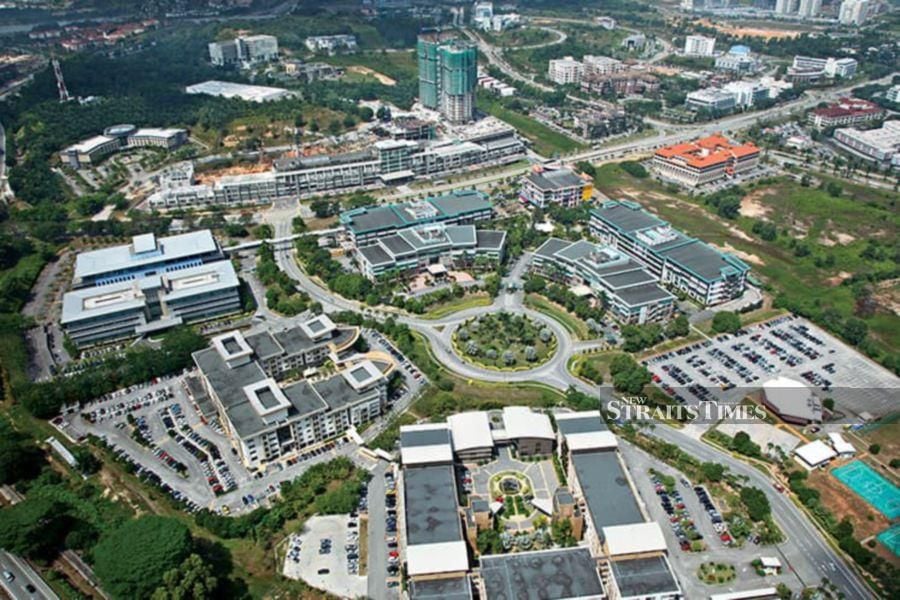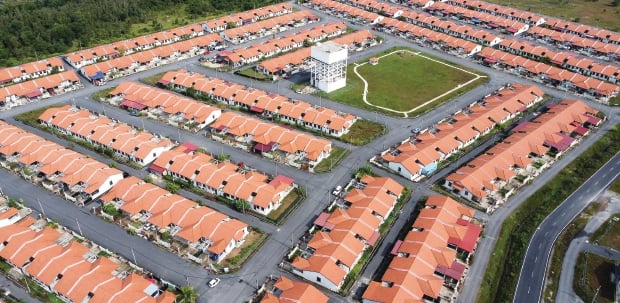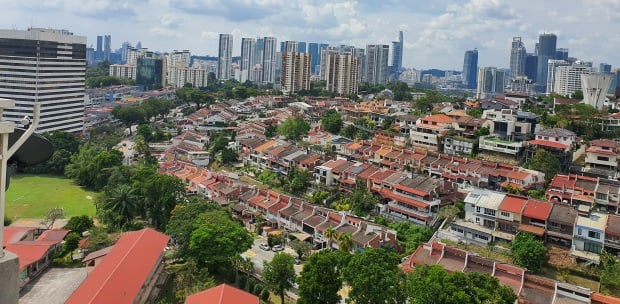KUALA LUMPUR: The return to urban areas is becoming more and more preferred, and this is a result of more and more employers implementing return-to-office policies.
Petaling Jaya, Mont Kiara, and Johor Bahru are the top three locations in Malaysia that property seekers search for, according to iProperty.com.my.
Cheras and Puchong are ranked fifth and fourth, respectively, after Bukit Jalil, KLCC, Subang Jaya Bangsar, and Cyberjaya.
Cyberjaya made a comeback to the list of most searched areas in 2023, having last appeared in 2021, according to the property portal.
Once hailed as Malaysia's Silicon Valley, Cyberjaya defies the notion that it's a sleepy town.
Lately, the cybercity has developed a new reputation as a "ghost town." Many abandoned shops and restaurants are how the city is portrayed in various social media videos.
Cyberjaya was developed in 1997 as the brainchild of former Prime Minister Tun Dr. Mahathir Mohamad, who wanted to build a "multimedia economy".
Despite initial aspirations, the city, now home to over 100,000 residents, is often labelled a "let down," with limited signs of the anticipated tech boom.
In sharp contrast to the stereotype of Silicon Valley, Cyberjaya has transformed from being home to unicorn startups and large tech companies to a residential neighbourhood known for reasonable rent and a low-cost living environment, punctuated by pockets of almost empty spaces.
The completion of the MRT Putrajaya Line, or MRT 2, is one of the favourable developments there.
Numerous international technology companies with Multimedia Super Corridor (MSC) status have their headquarters in Cyberjaya. Apart from its swift progress in technology, Cyberjaya is encompassed by open parks and leisure areas, such as the Cyberjaya Lake Gardens.
It is also an educational hub, with various tertiary learning institutions such as Multimedia University, Limkokwing University, and the University of Cyberjaya.
"The student-friendly aspect, combined with the many expatriates who work in the area, contributes to the thriving rental market and number of searches in the past year," said Sheldon Fernandez, Country Manager, PropertyGuru Malaysia (PropertyGuru.com.my and iProperty.com.my).
The list of 10 most popular areas for property seekers recorded the highest number of searches by visitors who browsed properties for sale on iProperty.com.my between January and November 2023.
Compared to 2022, when prospective homebuyers were considering select areas outside the Klang Valley due to work flexibility, the 2023 search data indicates a shift in preference back to urban areas.
"Observing the 2023 search data, we have noticed a significant shift in homebuyer preferences. As more employers implement return-to-office work arrangements, there is a clear resurgence in the appeal of urban living. Urban properties offer several advantages for those working in offices, such as excellent connectivity and easy access to workplaces facilitated by reliable public transportation, resulting in reduced commute times.
'Urban areas are often hubs of activity, offering a wide range of amenities such as shopping centres, restaurants, and recreational facilities. This makes them highly attractive for individuals seeking a dynamic lifestyle outside of work hours. This combination of factors makes urban living particularly convenient for office professionals. This trend underscores the resilience and adaptability of the property market," said Fernandez.
He said that as the property market continues to evolve, developers are adapting their strategies to meet the shifting preferences of homebuyers.
A wave of mixed-use developments that seamlessly blend residential, commercial, and recreational spaces seems to be in the pipeline for a few developers.
He said these developments have the potential to transform central business districts from being solely office-focused to becoming vibrant, multifunctional hubs where residents can live, work, and play.
"By integrating diverse spaces, these districts could grow into self-contained ecosystems that cater to all aspects of life. We look forward to seeing how this trend continues to innovate in the future," Fernandez said.





